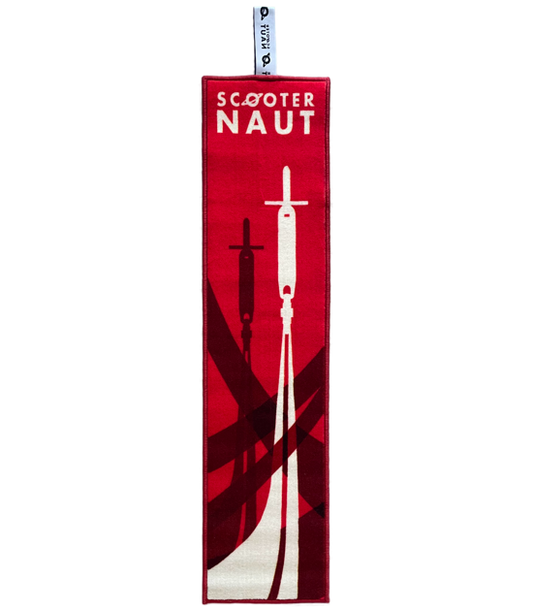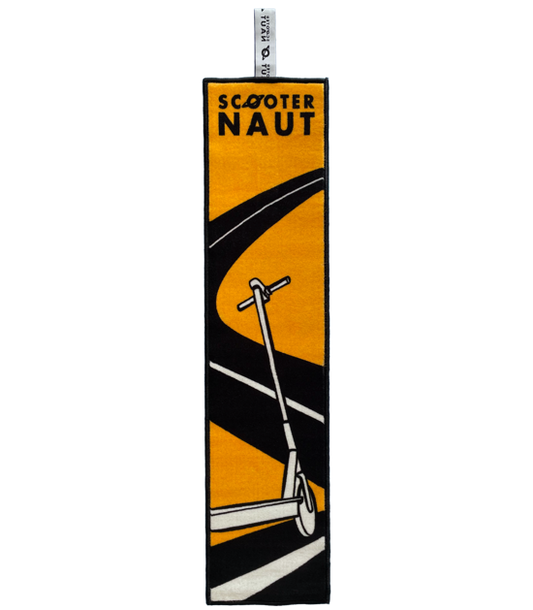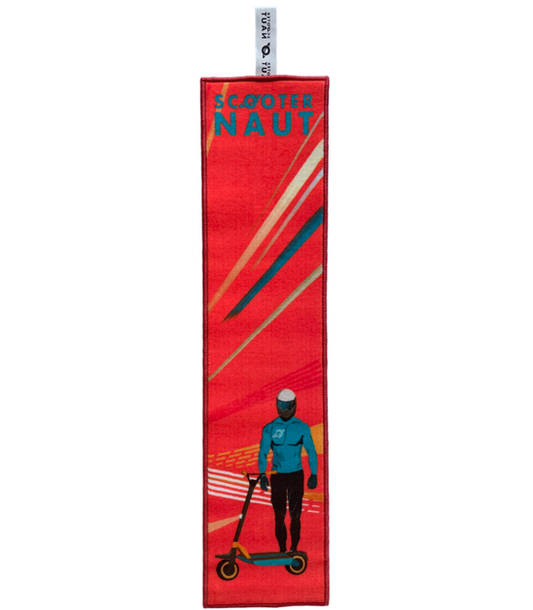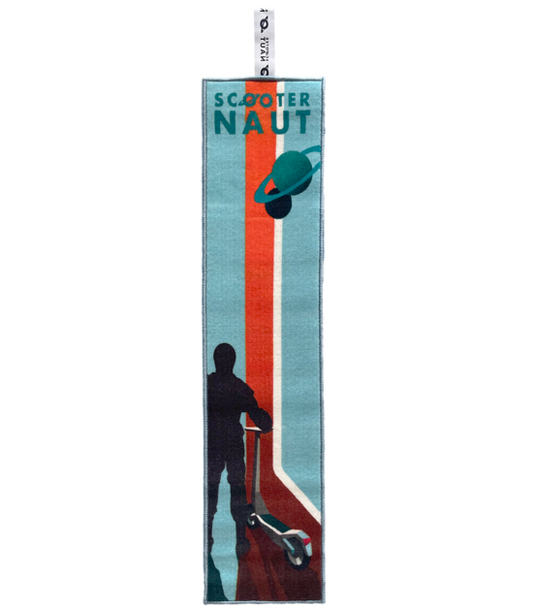The new generation of Ninebot Series 3 electric scooters – E3, F3, and Max – is finally arriving in Switzerland, now available for pre-order. With very short delivery times for non-homologated versions and particularly competitive prices, these models are shaping up to be future references in urban micro-mobility. Discover in this article a detailed overview of the characteristics of each series and why they could redefine your daily commutes.
The new generation of Ninebot Series 3 electric scooters is finally available for pre-order in Switzerland. The homologated versions will be delivered between June and July, and the non-homologated versions will arrive during April. (This is according to the websites of several online retailers).
Here is an overview of these remarkable models, particularly the E, F, and Max series, which seem to be redefining the micro-mobility landscape.
The Max 3: The New Standard?
The flagship model of this new wave appears to be the Ninebot Max G3. One could imagine that it might become the new standard in city scooters. Launched to succeed the popular Ninebot Max G2, the G3 presents itself as a fully equipped option with numerous improvements and features.
It offers an impressive range of up to 80 km (according to the manufacturer, we can imagine half that in reality) and can reach a maximum speed of 45 km/h (not in Switzerland obviously).
The presence of a 597 Wh battery with the possibility of adding an external battery for a maximum range of 135 km is a major asset. Additionally, it has two charging ports, including a "Flash Charge" rapid charging port.
Safety and comfort are not overlooked with cable disc brakes on both wheels, adjustable hydraulic suspension, and self-healing 28 cm (11 inch) tubeless tires. This suspension is particularly appreciated for its ability to absorb road irregularities.
The G3 is also equipped with a TFT color screen displaying various information and can even display turn-by-turn navigation instructions via an application - note that apparently this is free for only one year. It should also be mentioned that some users claim that the GPS used is not great for smaller cities that still have cycle paths. Indeed, the GPS doesn't recognize cycle paths in some cases. The scooter also integrates turn signals on the handlebar ends, an automatic front light, and a rear brake light for increased visibility.
Its robustness and water resistance (IPX6 overall, IPX7 for the battery) make it ideal for daily use, even in rainy weather. Its load capacity of 129 kg (285 lbs) is also notable.
However, some points could be improved, such as screen brightness in full sunlight and the absence of rear turn signals.
The Max G3 positions itself as a premium scooter for urban journeys, with an emphasis on technology and comfort.
The F Series: The Ideal Compromise?
The F series represents a mid-range option in this new generation, with the Ninebot F3 as the flagship model. It seems to position itself as the spiritual successor to previous Max models, offering many similar features to the G3, but in a potentially more compact format and at a more affordable price.
The F3 is equipped with a hydraulic front suspension and an elastomer rear suspension, a significant improvement over previous F2 models that had no suspension or only a spring front suspension. Although the elastomer rear suspension doesn't offer as much travel as hydraulic, it should provide additional comfort, especially on larger bumps.
It is equipped with 25.4 cm (10 inch) tubeless tires.
The F3 claims a maximum speed of 32 km/h - not in Switzerland anyway :-) and a maximum range of 70 km in eco mode, although the actual range in sport mode is probably about half. It is powered by a 450W hub motor with a peak power of 1000W, and a 477Wh (48V) battery. Charging time is approximately 8 hours with the included charger.
It incorporates many features from the Max G3, such as ergonomic grips, turn signals integrated into the handlebar ends, the new TFT color screen, and a combination of thumb throttle and twist grip.
The F3 is equipped with a disc brake at the front and an electronic brake at the rear, a common compromise for this price range. The F3 Pro additionally benefits from a rear disc brake and slightly higher motor power, potentially improving acceleration and performance.
The F3 seems to be designed as a city scooter, offering a good balance between features, performance, and price. It is lighter than the Max G3, which could be an advantage for portability.
The E Series: The Top Entry-Level!
The E series, with the E3 and E3 Pro models, targets the entry-level market, succeeding the popular E2 and E2 Plus, often recommended for teenagers and users on a limited budget. The goal seems to be to offer an improved product while maintaining an attractive price. Just check the usual sites and see the pre-order prices.
One of the notable new features is the new folding mechanism, but which makes the scooter longer when folded.
The E3 series now benefits from dual elastomer suspension (front and rear), an improvement over the E2's lack of suspension.
The E3 reaches a maximum speed of 32 km/h, not in Switzerland anyway, a marked improvement over the 19 km/h and 25 km/h of the E2 and E2 Plus. It is equipped with a motor with a maximum power of 800W and claims a maximum range of 45 km.
Unlike the Max and F series, the E3 does not have the new TFT screen.
The E series aims to remain an affordable option for young people and new users, with improved performance compared to the previous generation.
In Conclusion:
The Segway Series 3 seems to mark a significant evolution in their range of electric scooters. The Max G3 positions itself as a feature-rich high-end choice for more demanding urban routes. The F series, with the F3, offers an excellent compromise between performance and price for daily adult commuting. Finally, the E series, notably the E3, aims to redefine the entry level with notable improvements in terms of speed and potentially comfort thanks to the dual suspension.
Why I'm Switching to a Ninebot Series 3 After 8000 km on my Xiaomi Pro 2 ?
After almost 8000 km traveled, the time has come to replace my faithful Xiaomi Pro 2. Two main reasons motivate this change:
Punctures and their replacement cost: Although I've only had three in total (which is relatively few for such mileage), I admit I haven't been rigorous enough in checking tire pressure. I ended up opting for solid tires, a solution that unfortunately resulted in a noticeable loss of comfort and made my scooter less stable on certain surfaces.
Riding comfort: After 8000 km of Geneva asphalt, my joints are demanding full suspension! The constant vibrations on cobblestones and road irregularities eventually make themselves felt on daily journeys.
My Xiaomi Pro 2 has offered me an exceptional experience. Surviving 8000 km of intensive use testifies to its remarkable robustness. It will soon find a new owner who, I'm sure, will be just as satisfied. I will certainly miss this first electric scooter - we have shared so many journeys together! Mainly on my home-to-work route, but also on sometimes arduous climbs, in pouring rain, and even (although I don't recommend it) on snowy surfaces. In 8000 km, I've only fallen once - slipping on tram rails, a classic for any Geneva rider!
I seriously considered the Xiaomi 4 Ultra, but its launch price was excessive compared to its features. Even on promotion a few months later, I had the impression that the model was already obsolete in some aspects. Moreover, we don't often see it in our streets, suggesting that Xiaomi didn't achieve the expected success with this overly expensive model despite its full suspension.
Fortunately, the launch of the Segway Series 3 at CES this year captured my attention. Although the design didn't immediately appeal to me, I was really convinced by the features offered, notably:
Full suspension - now a non-negotiable criterion for my daily comfort Integrated turn signals - a significant advancement for urban safety Rear brake light that intensifies when braking - another plus for safety A more complete screen displaying more information, including the time (even if this might increase my stress on mornings when I'm late for work!)
Considering my generally flat daily journeys and my budget, I finally opted for the F3 range. The Max, although very attractive with its generous autonomy, is a bit too heavy for my needs, especially when it comes to carrying it up stairs or loading it into a vehicle.
Protect Your Home with a Scooternaut Mat
Whether you opt for a new Ninebot Series 3 or keep your current scooter, don't forget to protect your floors from tire marks and urban residue mess with our Scooternaut mats! Specially designed to accommodate all models of electric scooters, our mats are the ideal solution for keeping your interior clean while offering a dedicated space for your mobility companion.







